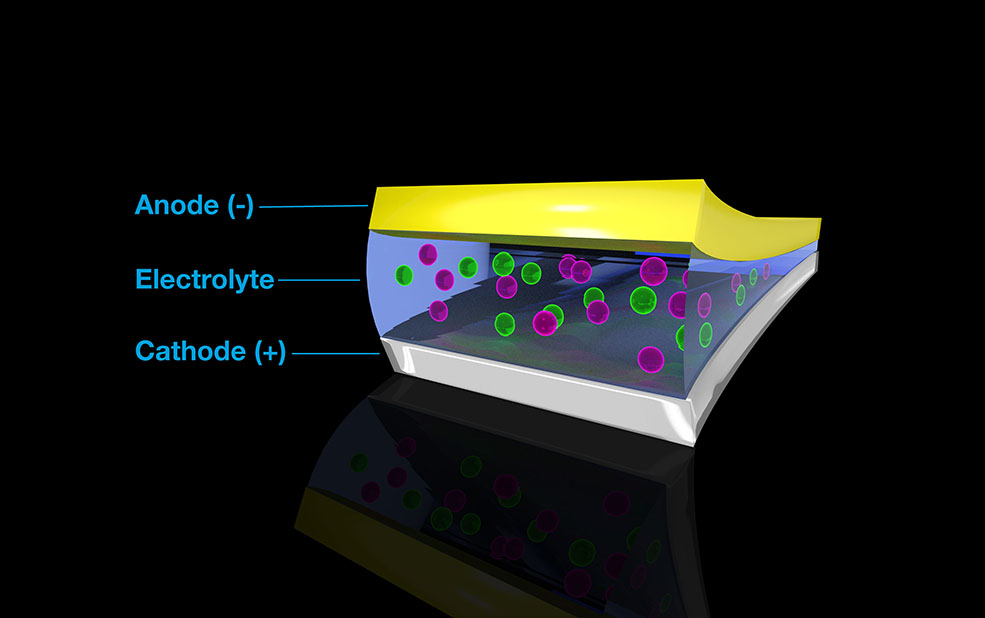
Driving Chemical Reactions by Remote Control
Theorists show how a new quantum device could control a chemical reaction remotely, changing our understanding of how reactions can work.

Theorists show how a new quantum device could control a chemical reaction remotely, changing our understanding of how reactions can work.

With user facilities, researchers devise novel battery chemistries to help make fluoride batteries a reality.

Insights into how nature converts carbon dioxide into sugar could help scientists develop crops that produce fuels and other products.

Scientists observe and control molecular and atomic dynamics at the fastest timescales to date.

Scientists discovered how iron atoms continually re-arrange on surfaces, offering insights into metal corrosion and soil remediation.

Detailed 3D images show how nanoparticles change in reactions that purify contaminated water or power recyclable geochemical batteries.

Researchers offer insights into how a key piece of photosynthetic machinery changed over 3 billion years.

Controlled pulses of chemicals over a wide pressure range can link fundamental studies to practical performance, informing catalyst design.
Read more about Crossing the Great Divide Between Model Studies and Applied Reactors in Catalysis
Researchers demystify how the nitrogenase enzyme breaks bonds to learn a better way to make ammonia.

The symmetrical light-gathering, energy-producing complex offers insights into how modern photosystems evolved.

An atomic view of how toxic uranium binds to iron minerals in the environment enables better predictions of its behavior.

Three types of water molecules form around a platinum-based ion, offering insights for waste processing and metal refining.